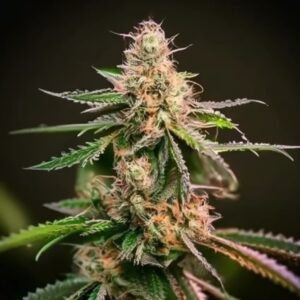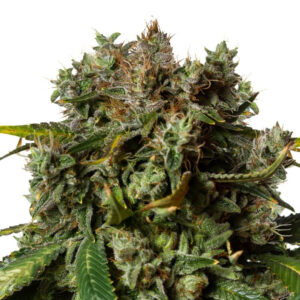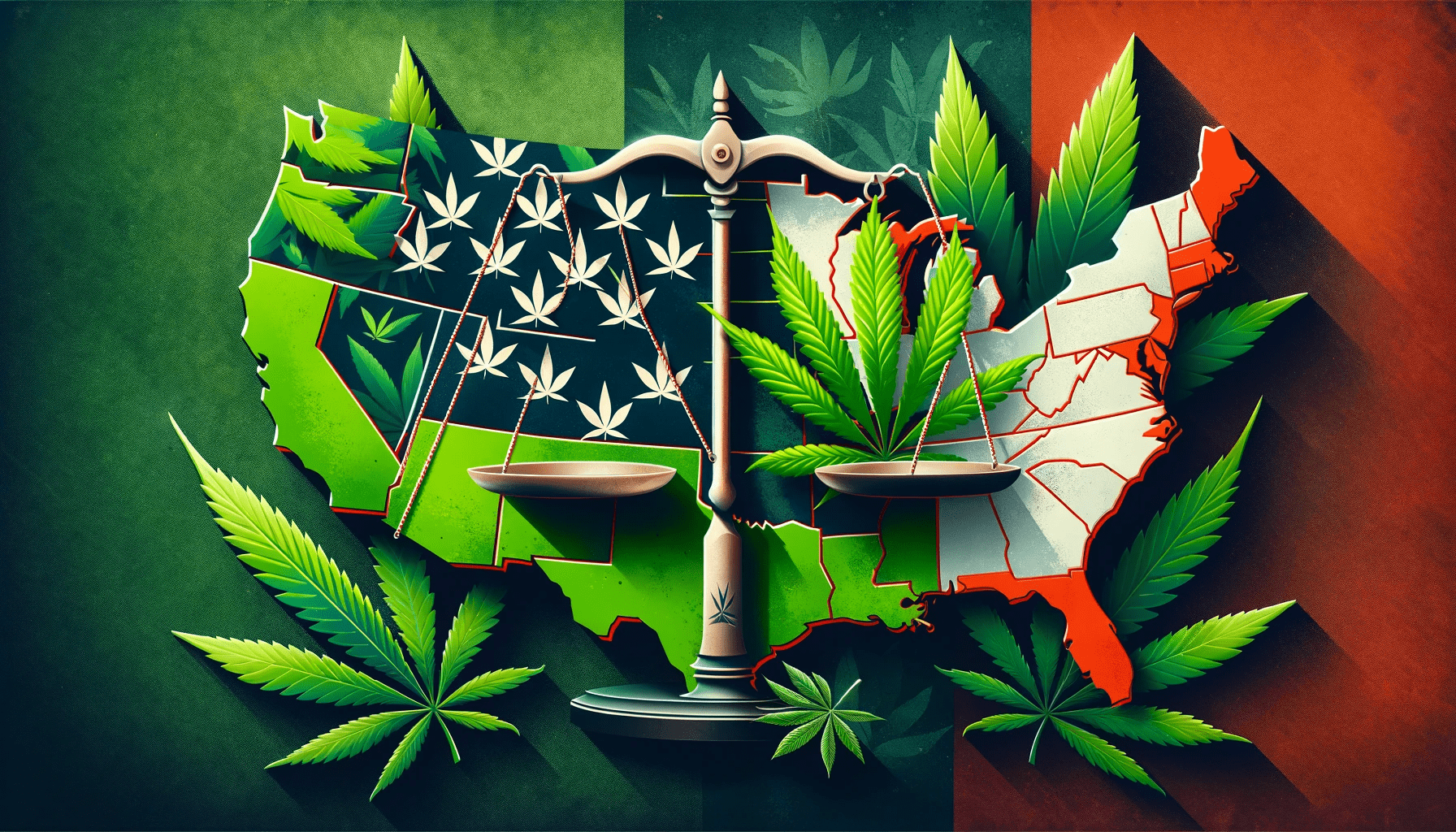 By:
Gaston
By:
Gaston
In recent years, Latin America has been shaken by a significant change: the legality of marijuana. This debate has triggered a series of events that have radically transformed the region. Join me on a journey through the different approaches and regulations of cannabis in different Latin American countries.
A small country in the far south of South America was the pioneer. In 2013, it became the first country in the world to fully legalize the cultivation, sale, and consumption of marijuana. The bold move was designed to undermine the black market and increase government control. Despite some initial criticism, the experiment has resulted in a decrease in drug-related crime and increased awareness of responsible consumption; the country allows cultivation, up to a maximum of six plants per person or household.
Mexico, a country with a long history of drug-related violence, made a major turnaround by legalizing marijuana in 2021. The new legislation allowed for home cultivation and personal consumption, overturning decades of drug war policies. This decision laid the groundwork for broader cannabis regulation, which is currently underway in the Mexican Congress. Legalization is seen as a way to weaken drug cartels and reduce drug-related violence. This measure is seen as a crucial step toward pacifying the country.
Colombia legalized medical marijuana in 2016. This decision made Colombia a major player in the production of cannabis for medical purposes. The regulation gave patients access to cannabinoid-based treatments and created a burgeoning industry in the country. Despite this, Colombia faces challenges in its industry, as there is no significant local production and no medicines based on Colombian cannabis have been developed. However, there is growing political debate about allowing the free production and marketing of Colombian cannabis, which would allow its full legalization for recreational and medical use.
Argentina, meanwhile, has been moving toward marijuana regulation. Although the debate is still ongoing, the South American country has taken significant steps toward legalizing cannabis for medical and recreational purposes. This process reflects the changing mentality and growing acceptance of marijuana in Argentine society.
Brazil, the largest nation in Latin America, faces significant challenges in legalizing cannabis. Although medical marijuana has advanced in some states, federal legislation remains restrictive. The debate regards regulation remains intense in a country with one of the largest populations of weed users in the region.
The legalization of marijuana in Latin America represents a momentous shift in the region’s politics and society. Each country has approached the issue in its own way, reflecting its own unique circumstances and challenges. Some countries have taken significant steps toward legalization, while others continue to fight drug trafficking and maintain strict anti-drug policies.
As a growing number of Latin American countries consider legalization, a dynamic landscape is emerging that promises to have a profound impact on the region’s politics, economy, and culture. As we watch this process unfold, it remains to be seen how the Latin American continent will address the challenges and opportunities that marijuana legalization presents for the future.













Related Posts

This article examines the diverse legality of marijuana in the United States, highlighting regional differences, federal reforms by President Biden, and the growth of the legal and underground markets. Discover how states vary in their approach to medical and recreational use, and the future of legalization.

Discover the changing landscape of marijuana legalization in the U.S., where states are progressively embracing recreational use amid growing public support and potential economic benefits.